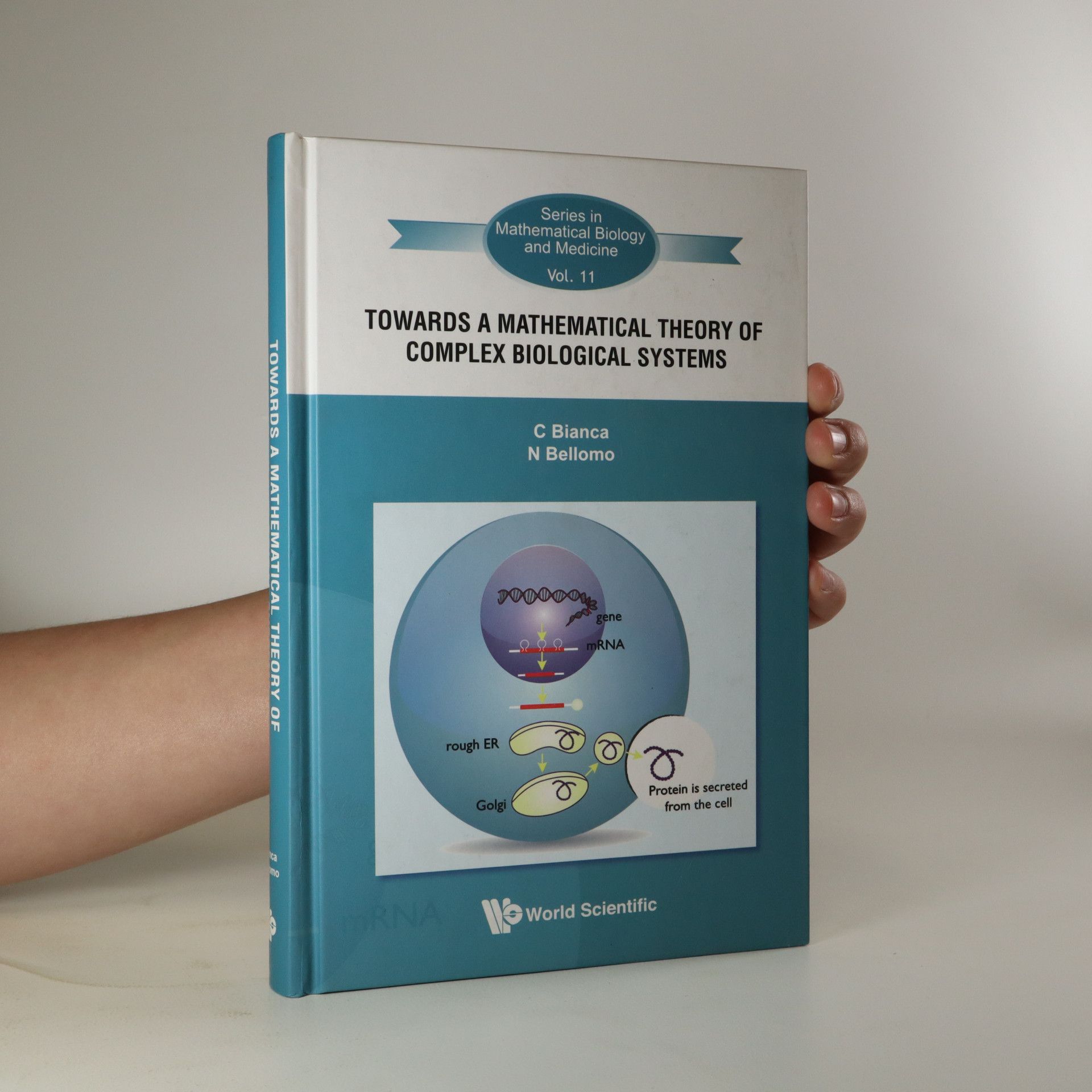Nicola Bellomo Books


CRC Mathematical Modelling Series: Mathematical Models for Structural Reliability Analysis
- 384 pages
- 14 hours of reading
Mathematical Models for Structural Reliability Analysis offers mathematical models for describing load and material properties in solving structural engineering problems. Examples are provided, demonstrating how the models are implemented, and the limitations of the models are clearly stated. Analytical solutions are also discussed, and methods are clearly distinguished from models. The authors explain both theoretical models and practical applications in a clear, concise, and readable fashion.